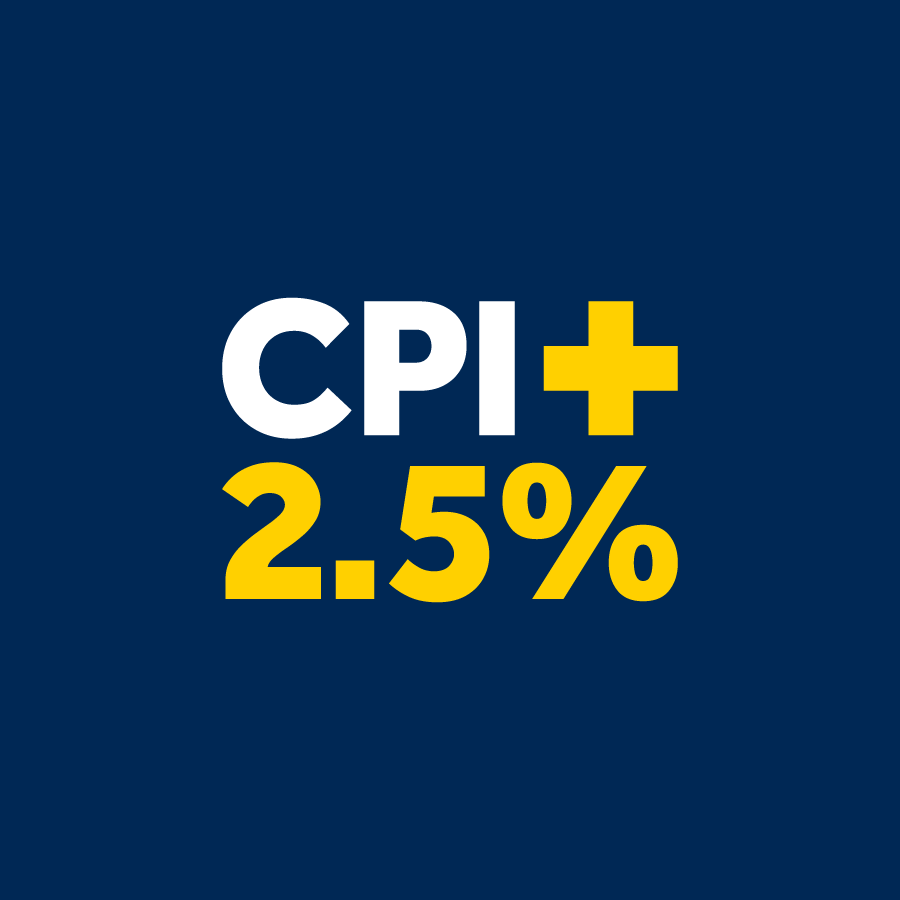
On Tuesday 9 May, Treasurer Jim Chalmers delivered the government’s Federal Budget for the 2023–24 financial year. The government sought to relieve cost-of-living pressures, announcing an energy bill relief plan for eligible households and businesses.
This year’s Federal Budget contained two previously announced superannuation measures:
- the increase to the payment frequency of the Superannuation Guarantee
- the reduction of tax concessions for those with balances exceeding $3 million.
We explain what these changes mean for Hostplus members and employers, and outline some other important changes to super which start on 1 July 2023. It’s important to note that these announcements are currently just proposals. They’ll need to be passed through Parliament before becoming law.
Increasing the payment frequency of the Superannuation Guarantee (SG)
Currently, employers are only required to pay their employees’ SG contributions on a quarterly basis. Under this change, from 1 July 2026, employers will need to pay SG contributions at the same time they pay wages. This will make it easier for employees to check they’re being paid on time and in full.
The government believes this new measure:
- will support better retirement outcomes by providing greater compounding returns for super members
- will improve the retirement outcomes for around 8.9 million employees, including younger workers and those in lower-paid, casual, and insecure work who are more likely to have unpaid superannuation.
- is consistent with its proposed objective of superannuation, which is to deliver income for a dignified retirement in an equitable and sustainable way.
The start date of 1 July 2026 intends to give the ATO, payroll service providers, super funds, and employers enough time to make the necessary system changes.
Reducing tax concessions for those with super balances over $3 million
From 1 July 2025, the government intends to increase the tax rate on investment earnings for people who have more than $3 million in super.
Any investment earnings on the portion of your balance over $3 million will be taxed at 30%. Any investment earnings on the portion of your balance under $3 million will continue to be taxed at 15%, and investment earnings in retirement pension accounts will continue to be tax free.
This new rule also applies to defined benefit accounts. These accounts are valued differently but will have earnings taxed similarly to other accounts.
About 80,000 people, or 0.5% of those with a superannuation account, will be affected by this measure. The new rule won't limit the amount of money a person can hold in their superannuation account, and the current contribution rules will still apply.
The government believes that this change is consistent with the goal of superannuation, which is to provide a dignified retirement income in a fair and sustainable way.
Other important changes to super starting on 1 July 2023
For superannuation members and employers
- The Superannuation Guarantee (SG) rate will increase to 11%: The rate of SG, which is the compulsory amount of superannuation that employers are required to pay to eligible employees, will increase from 10.5% to 11%. The rate will then continue to increase by 0.5% each financial year until it reaches 12% in 2025. To make sure you're getting paid all the super you're entitled to, log in to Member Online and check your account.
If you’re approaching or in retirement
- The freeze on minimum super drawdown rates will end: If you have a pension account, you must withdraw – or draw down – a minimum amount of your balance each year. The amount is set by the government and is based on your age.
In response to COVID-19, the government temporarily lowered the annual minimum amount until 30 June 2023. This means that from 1 July 2023, minimum drawdown rates will increase to what they were before the pandemic. If you’ve set your drawdowns to the minimum level, your income payments will automatically increase from 1 July 2023 to the default minimums. Refer to the table below for more information.
| Age | Reduced minimum drawdown rates (2022-23) | Default minimum drawdown rates from 1 July 2023 |
|---|---|---|
| Under 65 | 2% | 4% |
| 65 - 74 | 2.5% | 5% |
| 75 - 79 | 3% | 6% |
| 80 - 84 | 3.5% | 7% |
| 85 - 89 | 4.5% | 9% |
| 90 - 94 | 5.5% | 11% |
| 95 + | 7% | 14% |
Stay informed
For a comprehensive update on the budget and how it may impact you, visit the Federal Government Budget website.
The information in this article is correct at time of publication.




